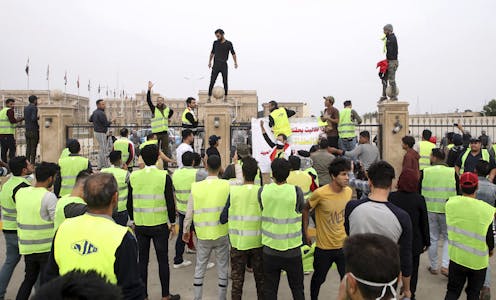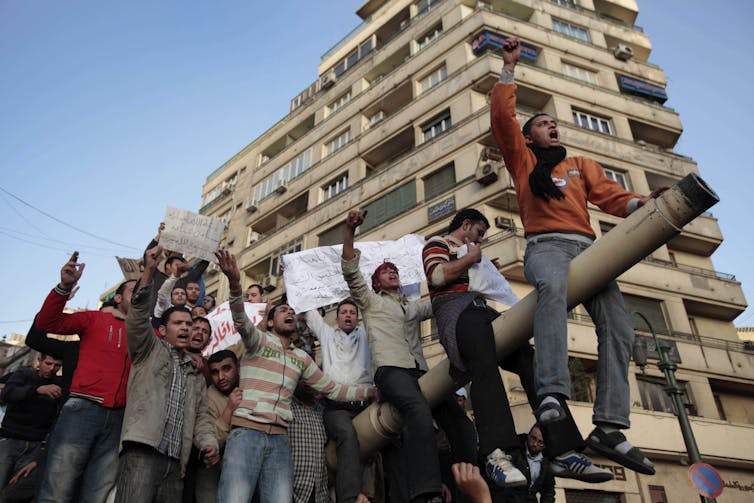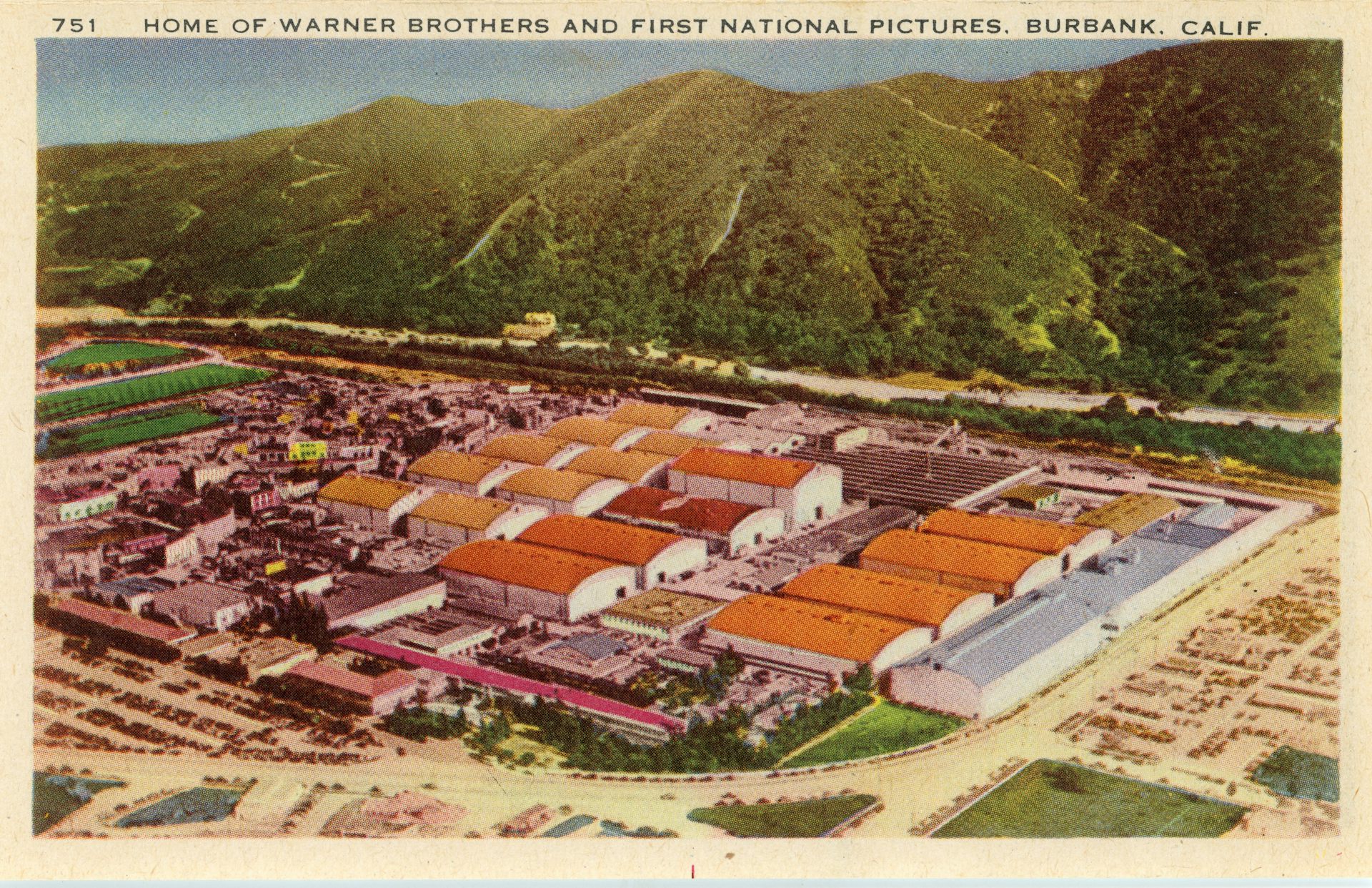Yellow vest protests erupt in Iraq, Bulgaria and beyond – but don't expect a 'yellow wave'
Protests seem contagious when they erupt in several countries at the same time. But new research shows that unrest rarely spreads. It's protest symbols, like France's yellow vests, that go global.

Protesters wearing reflective safety vests have unsettled France for months, halting traffic, chanting slogans and at times clashing violently with police.
Promises by President Emmanuel Macron to raise worker pay and cut taxes have not quelled the French demonstrators’ anger, which was originally triggered in December by a proposed fuel tax hike. Nor has the cold of Paris in winter chilled their outrage.
Beyond voicing the economic concerns of the French working class, their demands now include everything from Macron’s ouster to the abolition of the French Senate.
This powerful movement appears to be spreading. Protesters in Iraq, Bulgaria, Israel, Taiwan, the United Kingdom and other countries have taken to the streets in reflective yellow vests, too.
Activists in these countries say that they sympathize with the French protesters and are inspired by their powerful grassroots movement.
But appearances can be deceiving. France’s signature yellow vests may have been adopted by protesters elsewhere – but that’s where the similarities stop.
International activism
Our academic research on protests indicates that France’s yellow vest demonstrations have probably not inspired the recent unrest abroad.
For one, many of the so-called yellow vests protests abroad are not actually new. Bulgaria’s gas protests began on Nov. 11, a week prior to the yellow vest protests in France. Activists only donned yellow vests in December, after French protesters shut down Paris with their marches.
In Iraq, protests against unemployment, corruption and poor public services date back many months. Iraqi protesters, too, began wearing yellow vests in December after the French protests became iconic.
The same is true of the yellow vest protests in Taiwan.
Furthermore, many of these yellow vest protests make demands that are very different from that of their French counterparts.
In the United Kingdom, everyone from pro-Brexit groups to anti-austerity organizations have sported yellow vests at their protests. So have far-right, anti-Muslim protesters in Germany.
What has spread beyond France aren’t its working-class protests, exactly, but the props of those marches: Those iconic traffic vests have become a symbol of discontent.
Their original meaning, however, has largely been lost. In France, all vehicles must carry yellow vests in case of traffic emergency. That’s why workers angry about fuel hikes decided to wear them to marches.
Protests don’t spread
We found that it is exceedingly rare for protests in one country to actually trigger unrest in another country.
When we analyzed 282 pro-democracy protests in 87 countries between 1989 and 2011, we found that 236 protests occurred in isolation, with no unrest in contiguous countries in the following days, weeks or months. That means 84 percent of protests did not spread.
Protests – especially in the era of social media – might inspire activists in other countries. But they do not fundamentally change the domestic conditions that, history shows, generate protests: domestic discontent over economic problems, fraudulent elections, food prices or other triggers.
But the eruption of pro-democracy protests in one country does not make it more likely that pro-democracy protests will occur in a nearby country, according to our research. Between 1989 and 2011, just 24 of 282 protests in countries with contiguous neighbors saw similar demonstrations breaking out nearby within 45 days.
This conclusion remains even when we tested various scenarios, such as whether protests were more likely to spread they occur in large countries, or in militarily and economically powerful ones, or when countries were well connected to the internet. Nor were demonstrations more likely to spread if they were larger or more peaceful, or better able to wrestle concessions from the government.
We tested our models using other kinds of protests, too, including anti-government protests like the yellow vests. They just don’t spread, either.
Historic protest clusters
Our findings contradict the common wisdom that protests are contagious.
This view is based primarily on four historical periods where numerous anti-regime protests occurred in short succession.
The Arab Spring is the most recent example. After an uprising in Tunisia in 2010, governments across the Middle East and North Africa soon saw mass protests. Several authoritarian leaders were ousted.

Similar outbreaks of protest have occurred over the past 150 years.
In 1848, anti-monarchy uprisings that started in Sicily occurred across continental Europe. In 1989, protests helped topple communist regimes throughout East Central Europe. In the early 2000s, the so-called “Color Revolutions” gripped the region again, this time in response to fraudulent elections.
When protests occur in quick succession in a number of countries like this, it gives the appearance that they are spreading. In fact, protests may break out in clusters because countries are similarly affected by common world events, such as increases in fuel prices, the collapse of international banks or the end of the Cold War.
In other words, activists in one country are not emulating one another – they are reacting to the same societal problems.
In recent months, for example, Burkina Faso, Sudan and Zimbabwe have all seen demonstrations against fuel hikes, high food prices and generalized economic insecurity – the same issue that first angered French workers. But none of these marches include yellow vests.
Why the yellow vest?
So why have activists everywhere from Iraq to Israel adopted the yellow vest motif?
Shared symbolism has power. When demonstrators in one place don French-style yellow vests, it makes their protests appear to be part of a larger movement. This attracts more attention from the media, which, in turn, fuels the perception that protests are spreading.
Explaining why the Iraqi yellow vest protests appropriated the French symbol, one organizer told NBC News simply, “We thought that we would be more organized if we wear these vests.”
Egypt even banned the sale of yellow vests prior to the anniversary of its Jan. 28, 2011, Tahrir Square uprising.
Meanwhile, some yellow vest protesters in France who reject the movement’s increasing radicalism are organizing their own anti-government protests. Their new movement has a symbol, too: red scarves.
The authors do not work for, consult, own shares in or receive funding from any company or organization that would benefit from this article, and have disclosed no relevant affiliations beyond their academic appointment.
Read These Next
Data centers need electricity fast, but utilities need years to build power plants – who should pay?
How many data centers will be built – and how much electricity they’ll need – is uncertain. Being…
Whether Netflix or Paramount buys Warner Bros., entertainment oligopolies are back – bigger and mor
Hollywood has seen this movie before.
Black-market oil buyers will push Venezuela for bigger discounts following US seizure – starving Mad
Venezuela relies on the black-market oil trade for a large chunk of its revenue. US enforcement actions…






